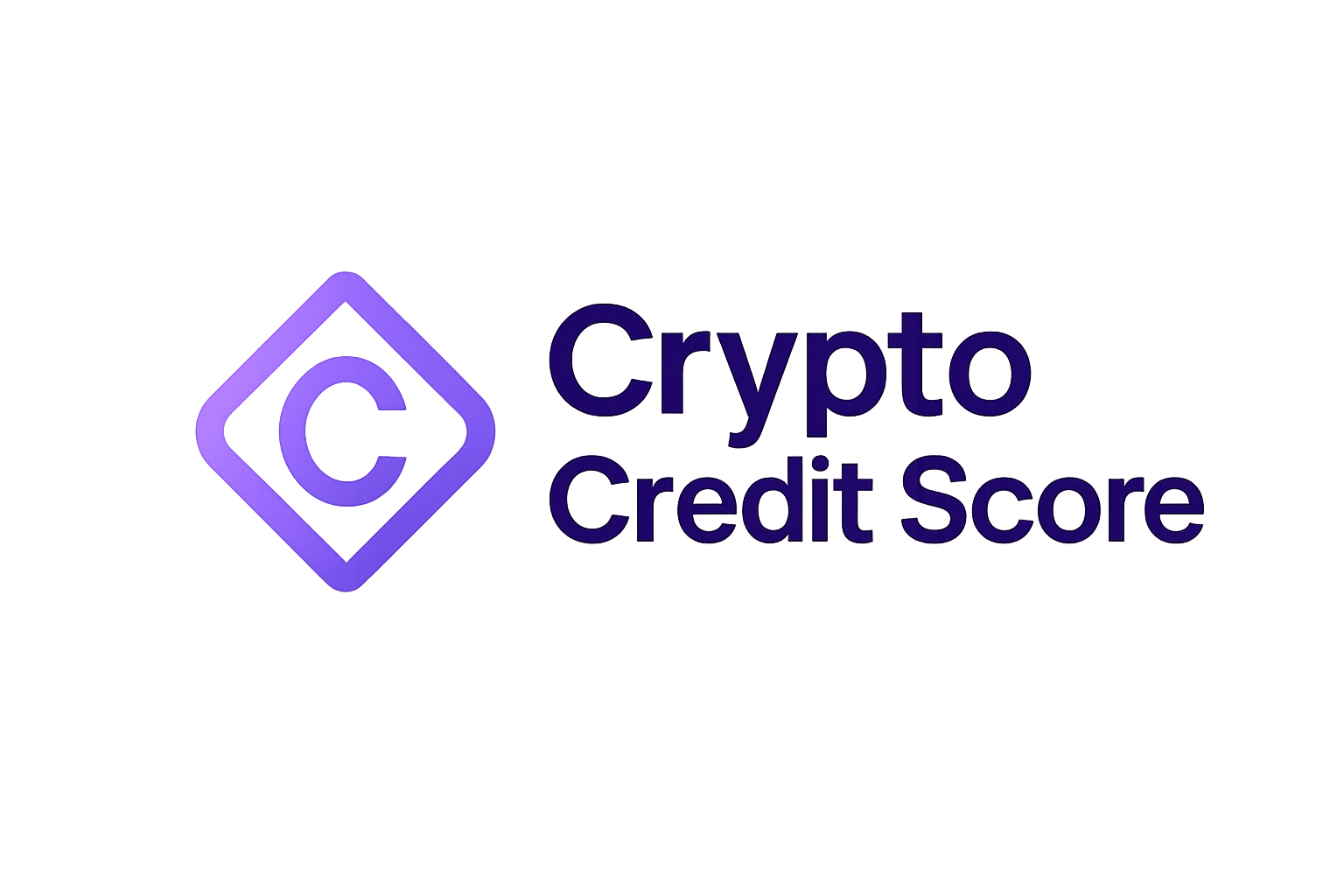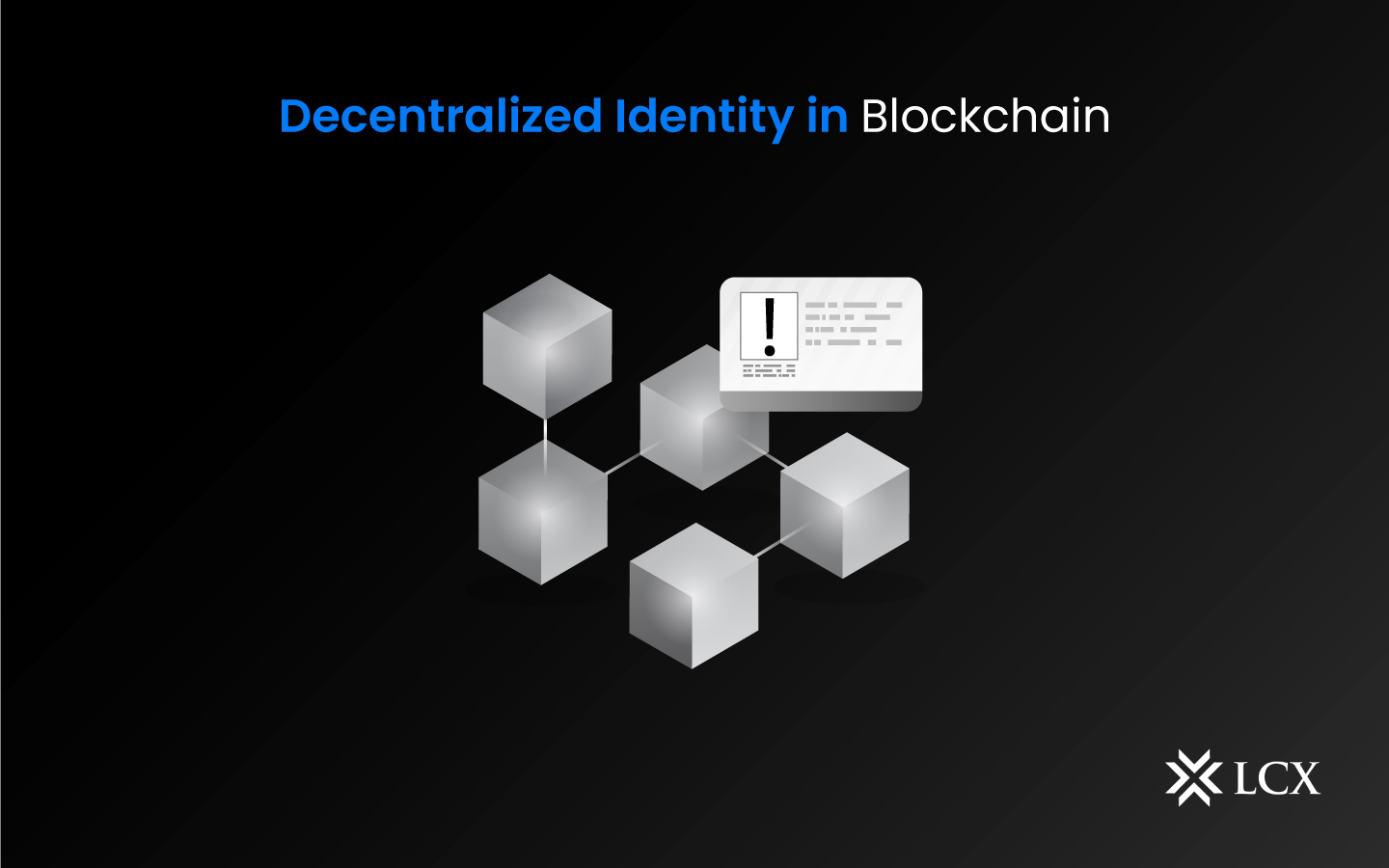
As decentralized finance (DeFi) matures, the demand for robust cross-chain credit scoring mechanisms has accelerated. Unlike traditional systems, which rely on siloed financial data and centralized bureaus, cross-chain credit scoring aims to aggregate and interpret user activity across multiple blockchains. This vision is both ambitious and necessary. The fragmentation of digital assets and identity across diverse chains presents both a challenge and an opportunity for the next generation of crypto credit assessment.

The Fragmented Reality of Multi-Chain DeFi
The rise of multi-chain DeFi protocols has created a vibrant but complex ecosystem. Users interact with lending pools, DEXs, and NFT platforms on Ethereum, Solana, Polygon, Avalanche, and more. Each chain features its own architecture, transaction formats, and privacy models. This diversity complicates the task of creating a unified credit profile for users who transact across several blockchains.
At the core is the issue of data standardization. For example, a lending protocol on Ethereum may record collateralization ratios differently than one on Solana. Without standardized data schemas or interoperable APIs, aggregating this information becomes cumbersome and error-prone (source). The lack of uniformity not only hinders accurate risk assessment but also increases operational overhead for developers building cross-chain analytics tools.
Key Challenges in Cross-Chain Credit Scoring
Top 5 Technical Challenges for Cross-Chain Credit Scoring
-

Data Standardization and Integration: Each blockchain network uses unique data structures and formats, making it difficult to aggregate and standardize information for unified credit scoring. This lack of interoperability complicates the creation of accurate and cohesive credit models across chains.
-
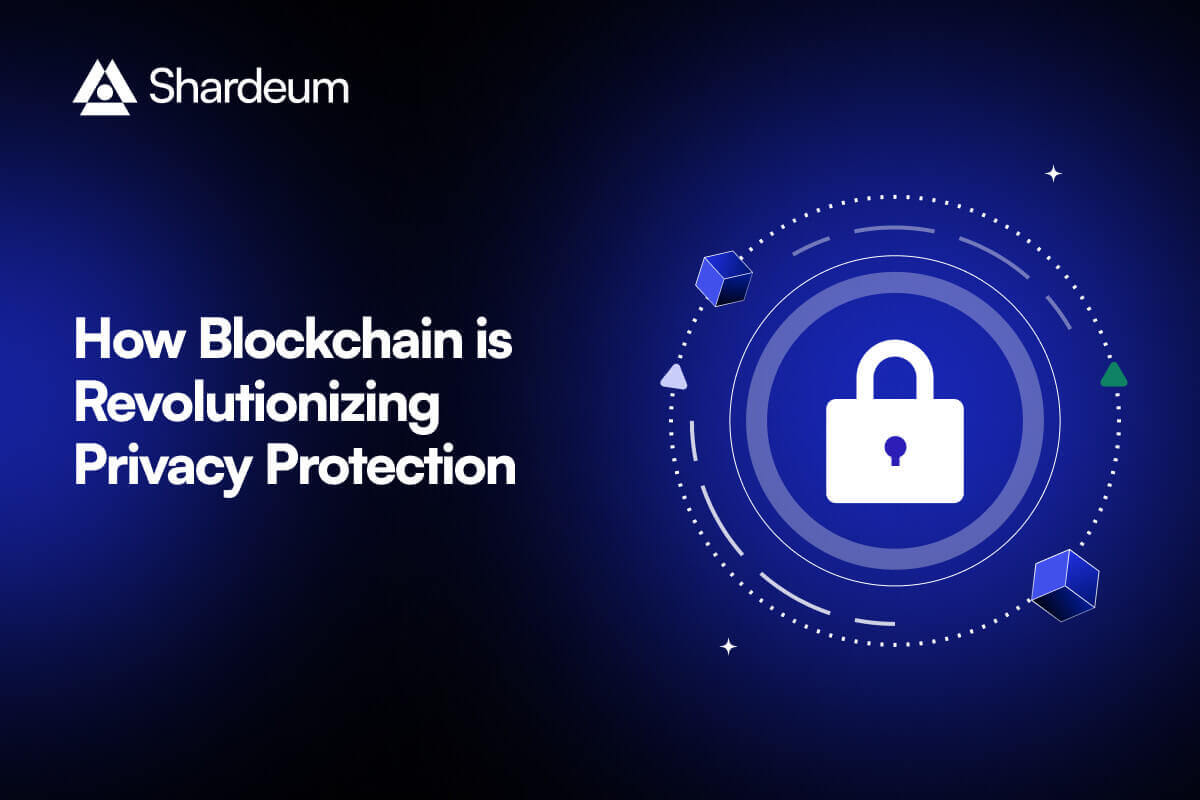
Privacy and Security Concerns: Aggregating sensitive financial data from multiple chains raises significant privacy and security issues. Ensuring secure data sharing and protecting user confidentiality are ongoing technical hurdles for cross-chain credit platforms.
-
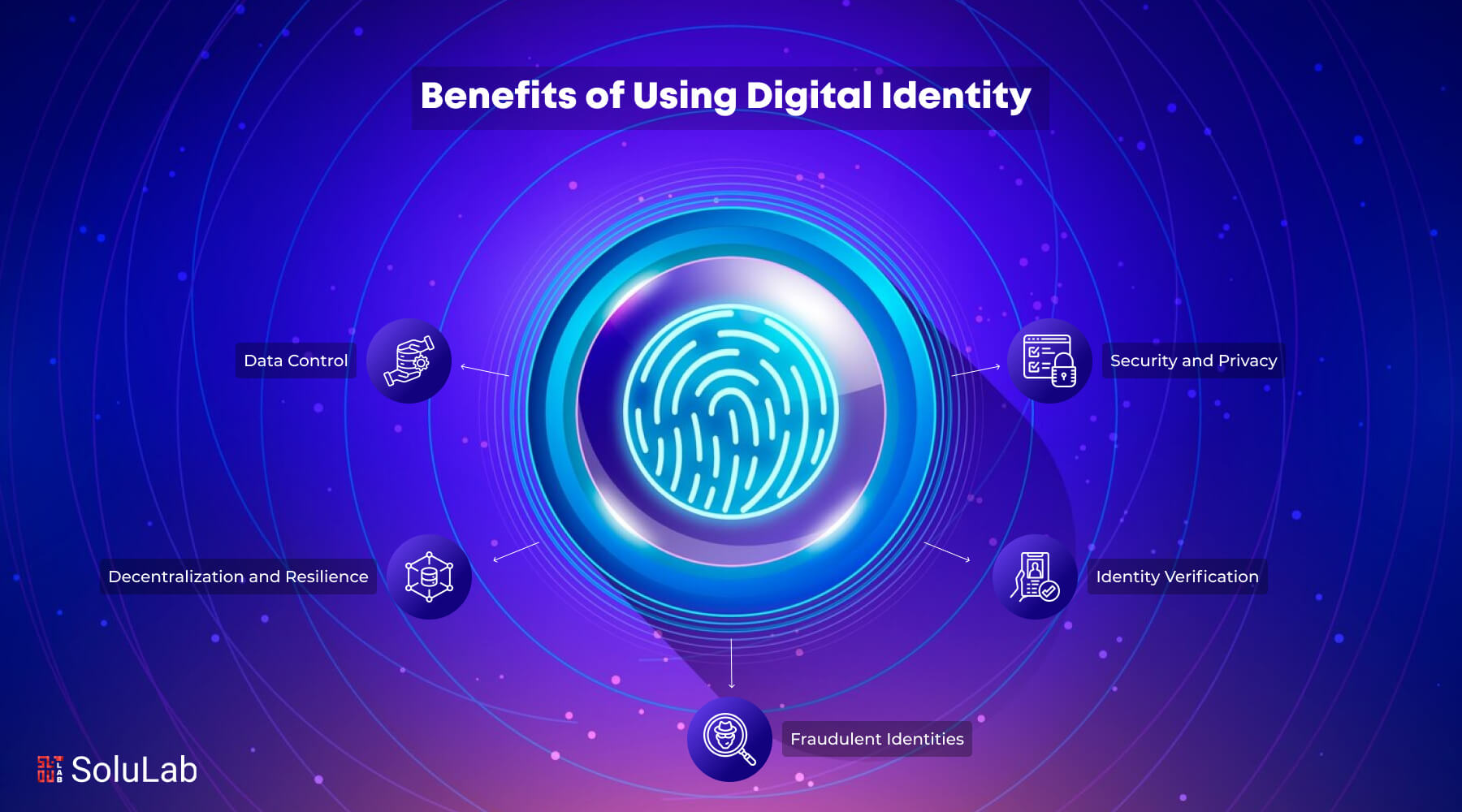
Reliable Identity Verification: The pseudonymous nature of blockchain addresses and the possibility of users managing multiple wallets make it challenging to establish trustworthy credit profiles without compromising privacy.
-
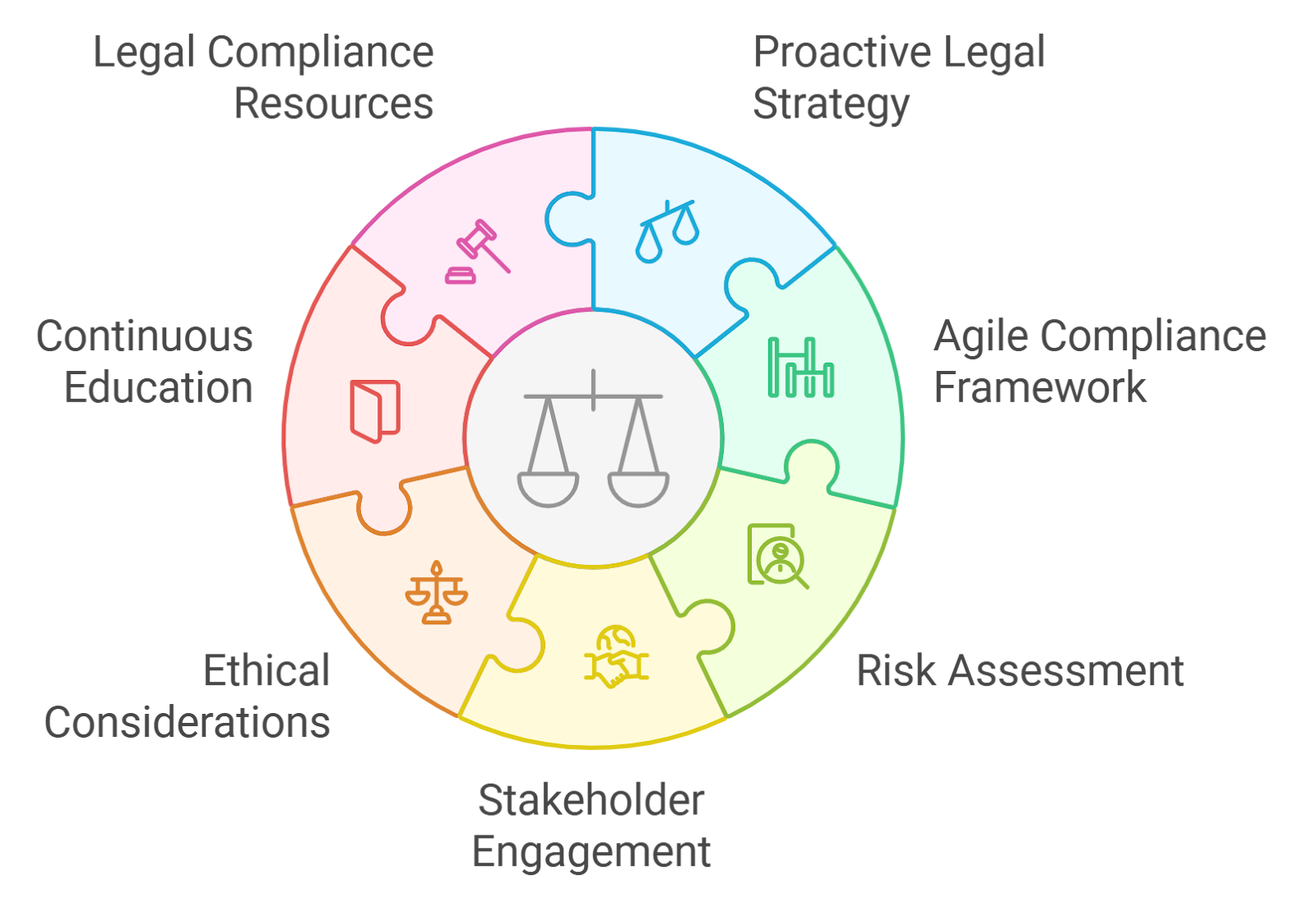
Regulatory Compliance Across Jurisdictions: Navigating diverse data protection and financial regulations in different countries adds complexity to cross-chain credit scoring, requiring robust compliance mechanisms and adaptive frameworks.
-

Cross-Chain Bridge Security: Cross-chain bridges, essential for data transfer between blockchains, are frequent targets for exploits and hacks. Ensuring the security of these bridges is critical to maintaining the integrity of cross-chain credit scoring systems.
While the promise of cross-chain interoperability is immense, several technical and regulatory hurdles need to be addressed:
- Data Integration: Different blockchains use varying consensus mechanisms and data structures. Integrating these disparate sources requires sophisticated middleware or bridge protocols – each introducing potential vulnerabilities (source).
- Privacy and Security: Aggregating sensitive financial data from multiple chains magnifies privacy risks. Data breaches or poorly designed bridges can expose users to significant harm.
- Pseudonymity and Identity: Most blockchains rely on pseudonymous addresses rather than real-world identities. Users often maintain multiple wallets across chains, fragmenting their financial history (source). Linking these without compromising privacy is a delicate balance.
- Regulatory Compliance: Navigating jurisdictional differences in data protection laws adds another layer of complexity for any entity attempting to offer cross-chain credit assessment services.
- Data Quality and Accountability: The decentralized nature of blockchain means there’s no single party responsible for ensuring the accuracy or completeness of user data (source). This can lead to disputes over erroneous scores or misattributed transactions.
The Opportunity: Unlocking Inclusive Crypto Credit Assessment
The flip side to these challenges is significant upside for both individuals and institutions willing to innovate in this space. By leveraging advanced analytics across chains, projects can build more comprehensive risk profiles that benefit users previously excluded from legacy finance systems.
Financial inclusion, long touted as a key benefit of blockchain technology, becomes tangible when alternative data sources are harnessed effectively (source). Imagine an underbanked user with limited traditional history but robust on-chain activity – staking assets on Polygon, trading NFTs on Solana, providing liquidity on Ethereum. A well-designed cross-chain score could open access to loans or yield products previously out of reach.
The Role of Decentralized Identity Solutions
A promising avenue involves integrating decentralized identity (DID) frameworks with cross-chain analytics engines. These solutions allow users to selectively disclose relevant parts of their digital footprint while preserving privacy – a critical advancement over conventional KYC processes (source). As DID protocols mature alongside interoperability standards such as IBC (Inter-Blockchain Communication), expect more reliable crypto credit assessment tools that respect user autonomy.
As these decentralized identity solutions gain traction, the landscape of cross-chain credit scoring will likely shift from fragmented experimentation to robust, privacy-preserving infrastructure. The integration of zero-knowledge proofs, selective disclosure, and smart contract automation can empower users to prove their creditworthiness across chains without exposing sensitive data. This is not just a technical upgrade but a philosophical shift, moving away from surveillance-based models toward user-centric control.
Interoperability Standards and Protocol Innovation
The next frontier for multi-chain DeFi is the development of common standards for data interoperability. Initiatives like IBC and cross-chain messaging protocols are setting the stage for more seamless data exchange between blockchains. These advances will allow credit scoring engines to aggregate borrower activity, collateralization history, and repayment behavior regardless of the originating network. As protocols mature, we can expect new financial products that leverage unified credit profiles, such as undercollateralized loans or dynamic yield adjustments based on real-time risk signals.
Key Opportunities Enabled by Cross-Chain Credit Scoring
-

Enhanced Financial Inclusion: Aggregating data from multiple blockchains enables credit assessments for individuals without traditional credit histories, expanding access to financial services for the unbanked and underbanked.
-

Improved Risk Assessment: Access to broader, cross-chain datasets allows for more accurate and robust risk evaluations, helping lenders make better-informed decisions and potentially reducing default rates.
-
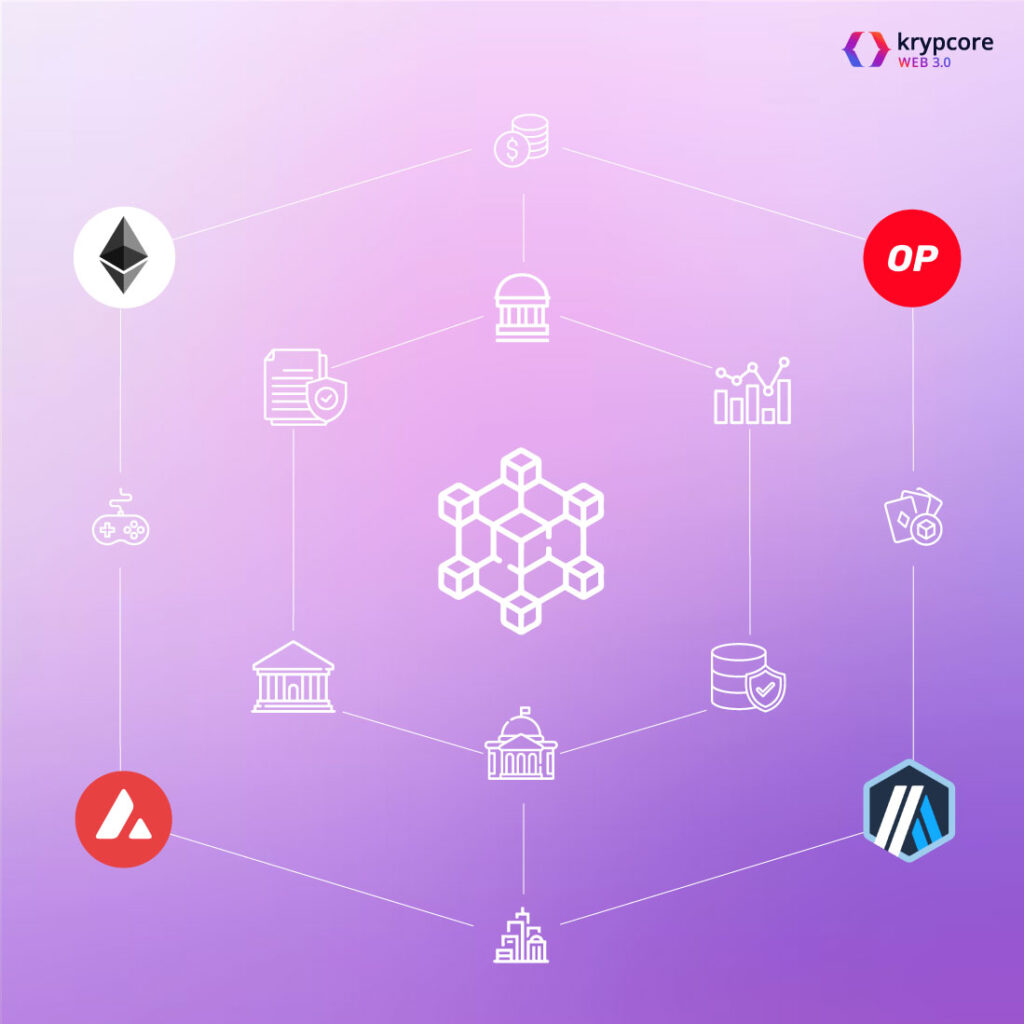
Interoperability and Innovation: Standardized cross-chain data sharing protocols foster interoperability, enabling the creation of new DeFi products and services that leverage unified credit profiles.
-

Global Reach and Accessibility: Cross-chain credit scoring solutions can operate across borders, allowing users to build and access credit profiles regardless of their geographic location.
However, innovation must be paired with rigorous security practices. The history of cross-chain bridge exploits demonstrates that any weak link can jeopardize not just individual users but entire ecosystems (source). Protocols focused on crypto credit assessment must prioritize formal verification, bug bounties, and transparent audits to build lasting trust.
AI and Data Analytics: Unlocking Deeper Risk Insights
The application of AI-driven analytics holds promise for extracting actionable insights from vast multi-chain datasets. Machine learning models can identify behavioral patterns, such as consistent liquidity provision or prudent leveraging, that may signal lower default risk even in pseudonymous environments. Yet these approaches face their own hurdles: limited labeled data, potential bias in training sets, and the need for explainability to satisfy both users and regulators (source).
Transparency will be non-negotiable as AI becomes more embedded in crypto credit scoring engines. Open-source models, auditable algorithms, and clear communication around score methodology are essential if these tools are to gain widespread acceptance.
What’s Next for Crypto Credit Assessment?
The evolution of cross-chain credit scoring stands at a critical juncture. The convergence of decentralized identity frameworks, interoperability standards, and advanced analytics could unlock an era where access to capital is determined not by geography or legacy records but by verifiable on-chain behavior.
For DeFi lenders, this means sharper risk management tools that transcend single-chain silos. For users, especially those underbanked or unbanked, it means greater agency over their financial reputation and new pathways into global capital markets.
Yield is more than a number: In the world of multi-chain DeFi, it’s also a function of trust, trust built on transparent data aggregation and fair assessment across networks.
